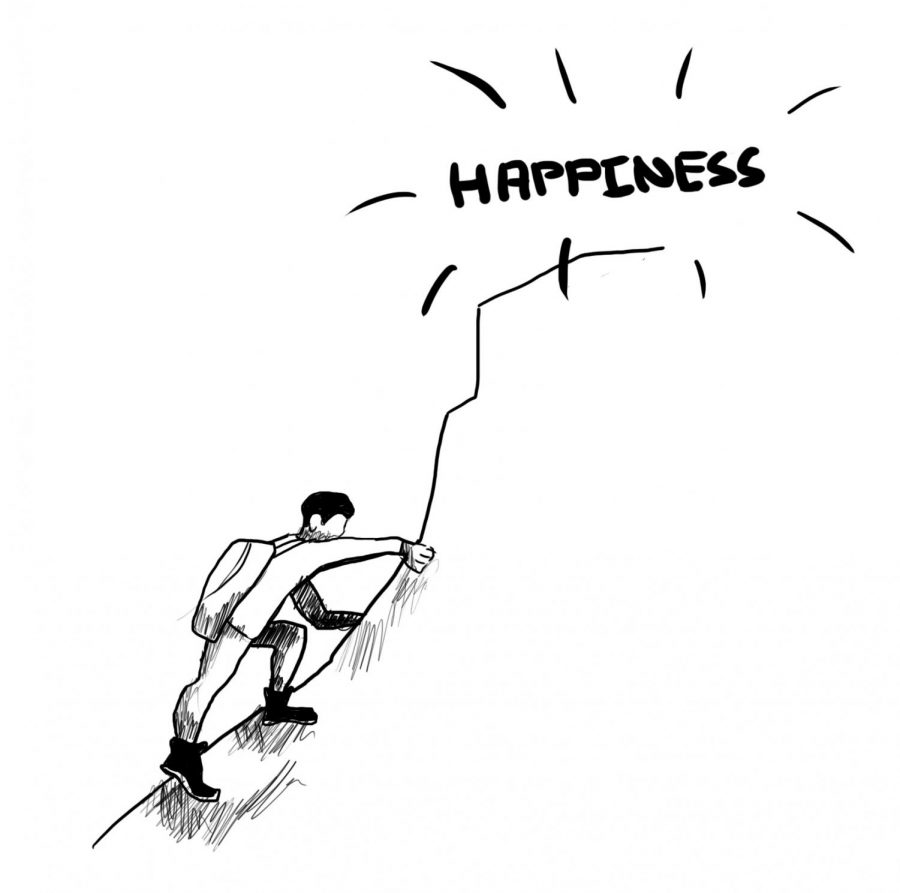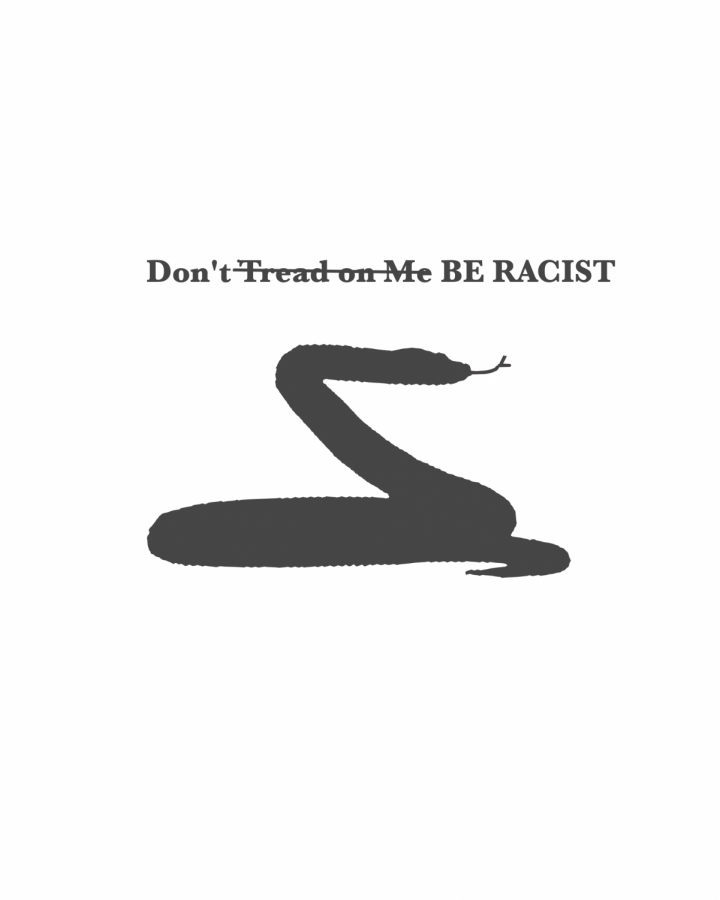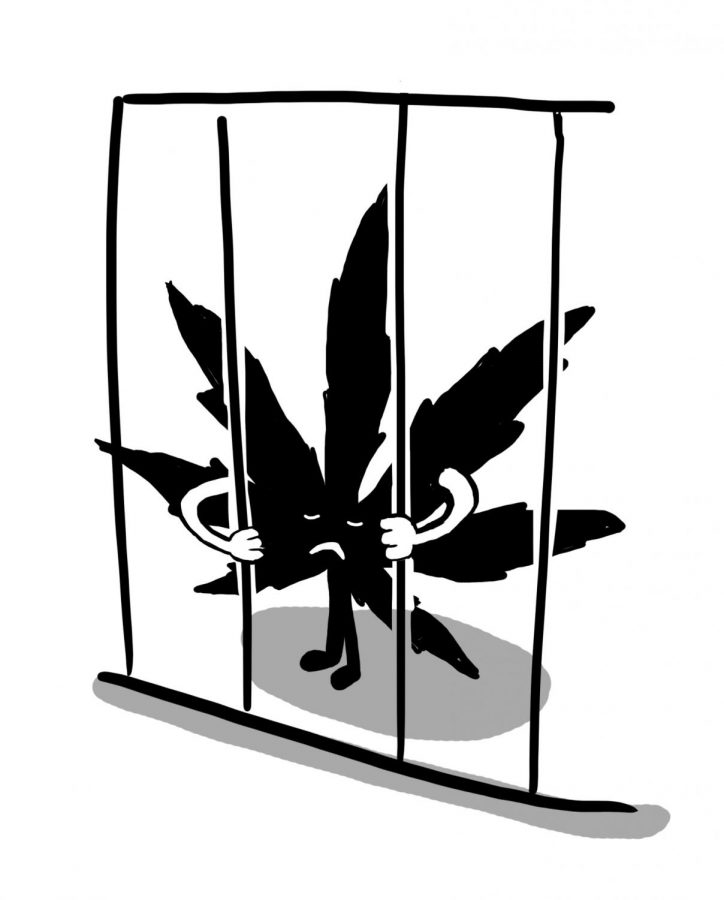
A recent segment on Melissa Harris-Perry’s MSNBC show highlighted an issue that I never before considered: the violent and dehumanizing portrayals of women in many video games and the culture of misogyny that pervades some parts of the online gaming sphere.
Harris-Perry shows scenes from popular video games depicting female characters solely as sexual objects or nameless victims. Anita Sarkeesian, whom Harris-Perry interviews, explains on her YouTube channel, “Feminist Frequency,” that these depictions serve to add elements of raciness or edginess. She also dissects other tropes, like the “damsel in distress,” which objectify women as helpless things dependent on male heroes and only serve to provide motivation for male protagonists.
When she began criticizing the portrayals of females in video games, Sarkeesian was hit with a barrage of online harassment –– which evolved into death threats and bomb scares –– by angry members of the online male gaming community. Sarkeesian connects her harassment to the misogynistic culture of extremist gaming sects. In her opinion, she is experiencing so much harsh backlash because some male gamers probably feel that women have no place in the gaming culture and that they must not let a woman dictate to them what “their” games should like.
This is probably true. I think we must keep in mind, though, that these are extremist members of the male gaming community and that these inclinations towards harassment and death threats do not reflect male gamers as a whole. Plenty of my male friends play violent video games and are great people. In fact, a study done by the Entertainment Software Association reports that 48 percent of gamers are female. Sarkeesian’s harassment, then, must be coming from a very small and extreme minority. This doesn’t diminish the problem or Sarkeesian’s situation, but I think we should be focusing more on the gaming industry’s role in perpetuating harmful portrayals of women than on the people playing the games.
Furthermore, the issue goes deeper than video games; it pervades all media, including film. I’ve seen countless movies with scenes and plots involving women, often nameless, being tossed around as sexual flings or dominated by male characters, or women whose lives revolve solely around certain males (Bella from “Twilight” and the Bond women come to mind). That being said, I believe that movies are a little more complicated; with many of them, this portrayal of women is depicted in order to illustrate the problem. The males performing violent acts and exploiting people are clearly the bad guys, and the women are characters with whom we are meant to sympathize. In those instances, movies are serving what is, in my opinion, one of their main purposes: shedding light on real life. But if we analyze this issue in video games, we must also analyze it in other media, particularly films.
An article on PBS discussing myths about video game culture states that while sexism exists in this sphere, mainly because males still dominate the industry itself, there are also games that portray women as “powerful and independent.” Such games, however, are apparently still in the minority. An article on the video game site vg24/7 points out the still widely-held belief in this industry that female protagonists don’t sell, stating that it will take an extremely financially successful game with a female protagonist to alter this mind set.
Because the gamers harassing Sarkeesian are extremists and not every game is degrading women, we must watch ourselves before slapping the misogynistic label on the entire male gaming community. Certainly we need to examine those dehumanizing depictions of women in video games and call for action against them, but we must do so with a fair, rather than inflammatory, voice.




